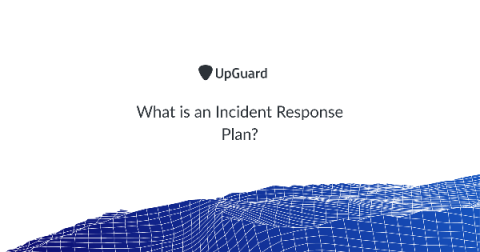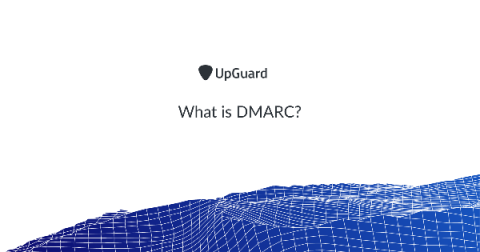Cloud Security Threats: Escaping the Egregious Eleven - Part Two
Depending on your familiarity with the Cloud Security Alliance (CSA) publications, part one of this blog was intended as either an introduction or a nagging reminder of the ‘Egregious Eleven’ security threats to cloud computing. It also hopefully made some helpful observations about the first six items on the list. Part two now looks at the remaining five threats, starting with...









